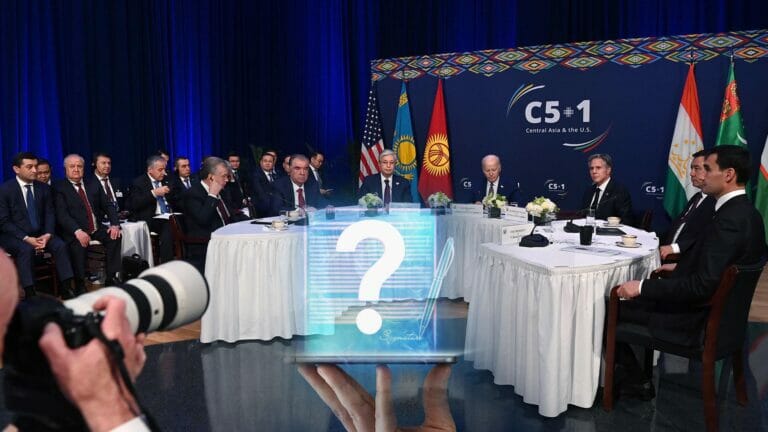The National Bank of Kazakhstan has published a draft decree about the renunciation of the agreement between the government of the Russian Federation and the Bank of Russia on the one side and the government of the Republic of Kazakhstan and the National Bank of Kazakhstan on the other side, on measures aimed at providing mutual convertibility and the stable exchange rate between the Kazakhstani tenge and Russian ruble.
The agreement, signed on January 20, 1995, in Moscow, required Kazakhstan and Russia to take all necessary steps toward making the tenge and ruble mutually convertible and stabilize their exchange rate to one another as well as other convertible currencies. The National Bank and Bank of Russia were expected to regularly set exchange rates between the two currencies and toward the U.S. dollar (at least twice a week) based on the supply and demand situation in their domestic foreign currency markets. The agreement also allowed businesses from Kazakhstan and Russia to make payments both in rubles and tenge or any other convertible foreign currency if necessary. The two sides also could issue loans to each other both in tenge and rubles.
The draft decree by the National Bank says that the current agreement is «no longer relevant» and the Ministry of Foreign Affairs is going to notify the Russian government about Kazakhstan’s intentions to renounce the agreement. Last year, the National Bank twice gave commercial banks permission to withdraw rubles in cash from the country. This was necessary to convert rubles in cash to non-cash form and add funds to corresponding accounts.
In addition, the National Bank is suggesting the withdrawal of similar agreements with Mongolia, Kyrgyzstan and Belarus. For example, the payment agreement with Mongolia signed on October 27, 1992, is going to be terminated because it was fully performed and is no longer relevant.
The draft document also says that all necessary measures aimed at providing mutual convertibility of the tenge and Belarussian ruble and stabilizing their exchange rate were fully performed as well. Currently, the official exchange rate for the two currencies is determined by the supply-and-demand situation in these two countries. The same justification is going to be applied to the financial transactions agreement between Kazakhstan and Kyrgyzstan, signed on February 18, 1994.












